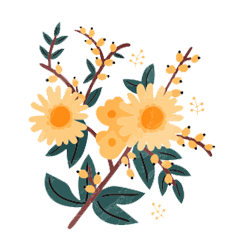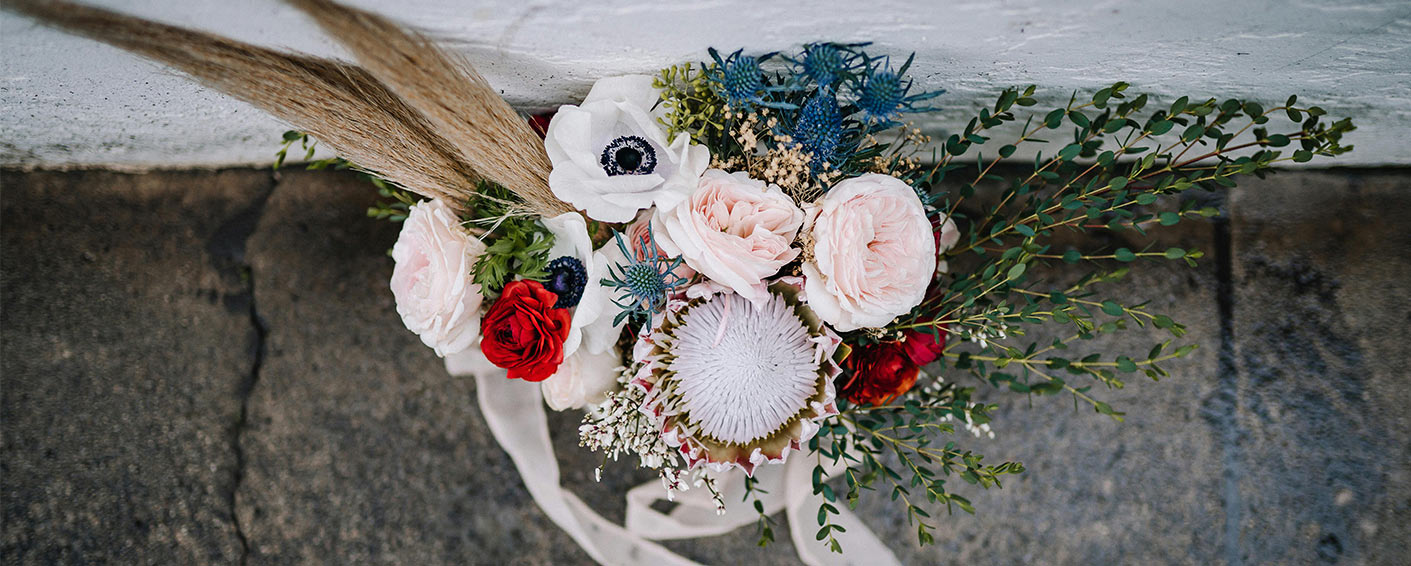Unexpected Floral Pairings, When Opposites Attract
Sponsored Listings


We all have our go-to floral arrangements. Roses with baby’s breath? Classic. Lilies and ferns? Elegant. But what happens when you step outside the traditional floral box and explore the unexpected? Prepare to be surprised, delighted, and maybe even a little inspired by these unconventional floral pairings that prove opposites really do attract.
1. Wildflowers & Structured Blooms:
Imagine the delicate, untamed beauty of wildflowers – think daisies, poppies, and Queen Anne’s lace – juxtaposed against the structured elegance of calla lilies or orchids. The contrast creates a captivating visual tension. The free-flowing, almost whimsical nature of the wildflowers softens the rigid lines of the structured blooms, resulting in an arrangement that feels both natural and sophisticated.
2. Succulents & Delicate Blossoms:
Who says succulents are just for desert landscapes? These resilient plants can add a surprising and striking element to floral arrangements. Pair the architectural forms of succulents like echeveria or sedum with the soft, ethereal beauty of sweet peas or cosmos.
3. Tropical Blooms & Temperate Foliage:
Bring a touch of the exotic to your home with a pairing of tropical blooms and temperate foliage. Think vibrant birds of paradise or anthuriums combined with the lush greenery of eucalyptus or ferns.
4. Dark Blooms & Light, Airy Flowers:
Embrace the drama with a pairing of dark, moody blooms like deep purple calla lilies or burgundy dahlias with light, airy flowers like white astilbe or gypsophila.
5. Herbs & Traditional Flowers:
Don’t limit yourself to just flowers! Incorporating fresh herbs like rosemary, mint, or lavender into your arrangements can add a unique fragrance and texture. Pair these aromatic herbs with classic flowers like roses or tulips for a surprising and delightful combination.
Embrace the Unexpected:
The world of floral design is all about experimentation and creativity. Don’t be afraid to break the rules and try unexpected pairings. You might just discover a new favorite combination that brings a unique and personal touch to your home. So, go forth, explore, and let your floral imagination bloom!

 Floral Design Trends to Watch in 2025
Floral Design Trends to Watch in 2025